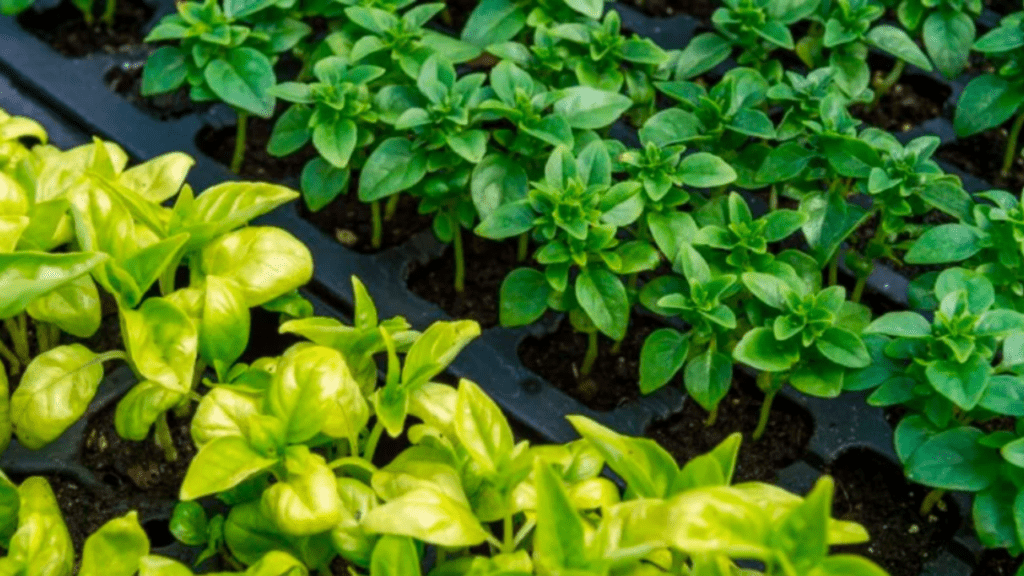
Basil Leaves Turning Yellow: Unique Solutions for a Healthier Plant
Are you tired of seeing your basil leaves turn yellow and wilt away? Do you want to enjoy a healthy and thriving basil plant that adds flavor and freshness to your dishes? Well, you’ve come to the right place. In this post, we’re going to provide you with unique and effective solutions for preventing and treating yellowing basil leaves. No more struggling to keep your basil plant alive—our tips and tricks will help you enjoy a flourishing and vibrant basil plant in no time. Say goodbye to yellow leaves and hello to a healthier plant with our expert advice.
First, it’s important to understand the common causes of yellowing basil leaves, such as overwatering, nutrient deficiencies, and disease. Once you have identified the cause, you can take the necessary steps to address it and prevent further damage to your plant. Our tips will help you adjust your watering schedule, provide the right nutrients, and spot and treat any potential diseases that may be affecting your basil. With our guidance, you’ll be able to enjoy a thriving and healthy basil plant that adds flavor and freshness to your meals. Don’t let your basil plants suffer any longer—follow our expert advice and see the difference it makes!
Table of Contents
ToggleUnderstand the Causes of Yellowing Basil Leaves
The key to a healthy and vibrant basil plant is understanding the common causes of yellowing leaves. Overwatering, nutrient deficiencies, and disease are the main culprits behind yellowing basil leaves. By addressing these issues, you can help your basil plant thrive and flourish. Overwatering can lead to root rot and suffocation, so it’s important to adjust your watering schedule and ensure proper drainage. Nutrient deficiencies can be addressed by providing the right fertilizers and nutrients to your plant. And finally, keeping an eye out for signs of disease and promptly treating them can help prevent further damage to your basil plant. Once you understand the causes of yellowing basil leaves, you can take the necessary steps to address them and enjoy a healthier and more vibrant basil plant. Don’t let your basil plants suffer any longer—take control and give them the care they need to thrive.
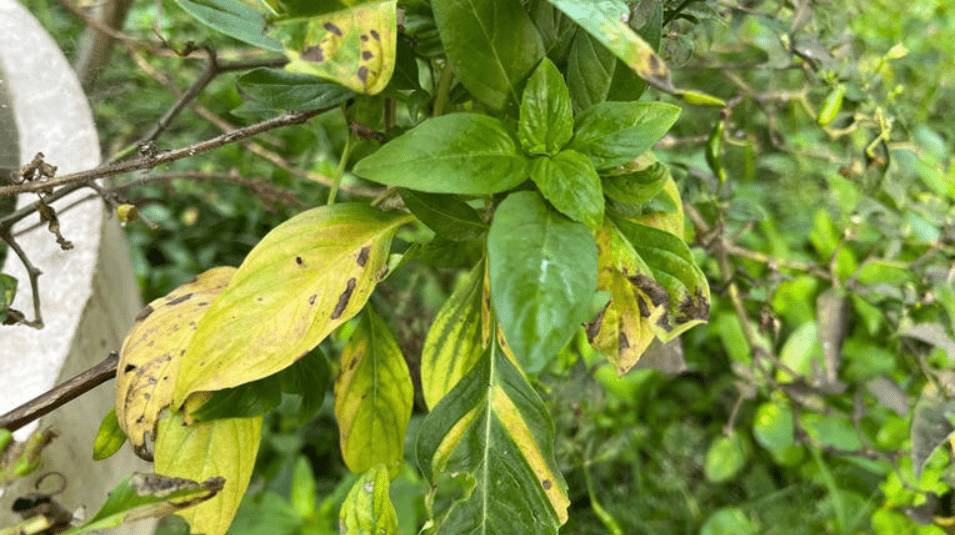
Yellowing basil leaves can be a sign of various underlying issues affecting your plant. Identifying the cause is crucial for addressing the problem and ensuring your basil remains healthy and productive. Here’s a detailed look at common causes and solutions for yellowing basil leaves:
1. Overwatering
Description: Basil plants are sensitive to excess moisture. Overwatering can cause waterlogged soil, which deprives the roots of oxygen and encourages root rot.
- Symptoms: Yellowing leaves, especially lower ones; soil that remains soggy; root rot, which may be indicated by a foul smell.
- Solution: Allow the top inch of soil to dry out between waterings. Make sure the pot or planting area has proper drainage to prevent water buildup. Adjust your watering schedule to prevent over-saturation.
2. Underwatering
Description: Basil plants need consistent moisture to thrive. Underwatering can stress the plant, leading to yellowing and wilting leaves.
- Symptoms: Yellowing leaves, dry and brittle soil, wilting or drooping foliage.
- Solution: Increase the frequency of watering to keep the soil consistently moist, but avoid waterlogging. During dry periods, use mulch to help retain soil moisture.
3. Nutrient Deficiency
Description: Basil requires specific nutrients for healthy growth. A lack of essential nutrients, particularly nitrogen, can cause the leaves to turn yellow.
- Symptoms: General yellowing of older leaves; stunted growth; reduced leaf production.
- Solution: Apply a balanced, water-soluble fertilizer designed for herbs or vegetables. Fertilize regularly according to the package instructions, typically every 4-6 weeks during the growing season.
4. Soil pH Imbalance
Description: Basil prefers slightly acidic to neutral soil (pH 6.0 to 7.0). Soil that is too acidic or too alkaline can affect nutrient uptake and lead to yellowing leaves.
- Symptoms: Yellowing leaves, slow growth, and diminished production.
- Solution: Test the soil pH using a home testing kit. Adjust the pH as necessary with lime to raise it or sulfur to lower it, ensuring it falls within the optimal range for basil.
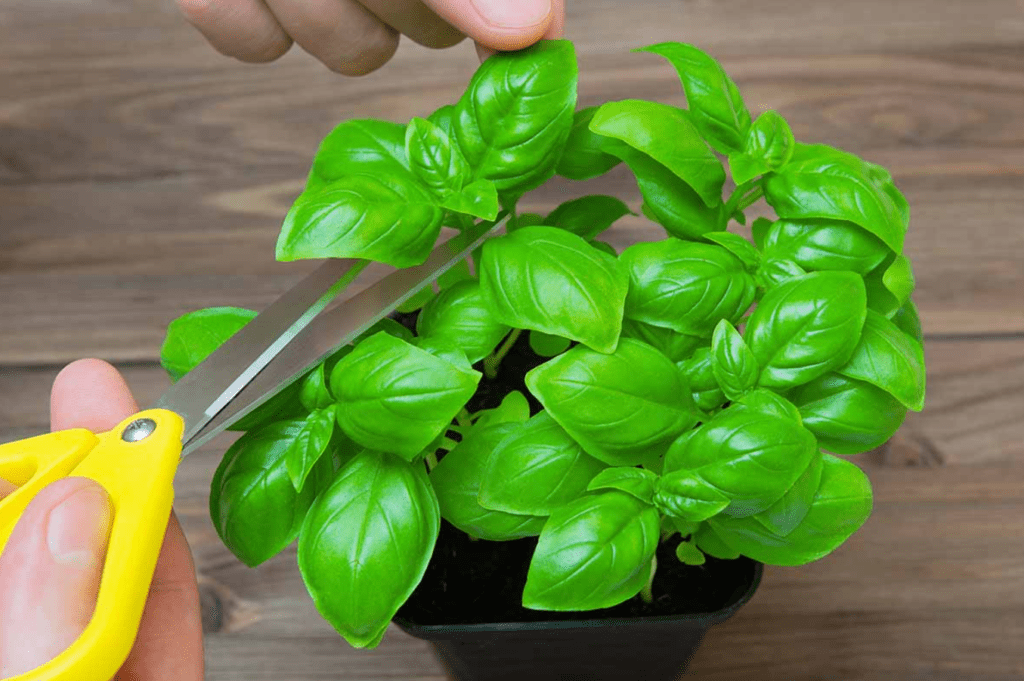
5. Poor Drainage
Description: Basil plants require well-draining soil to prevent root problems. Poor drainage can cause the roots to sit in water, leading to yellowing leaves.
- Symptoms: Yellowing leaves, particularly in areas with poor drainage; slow or stunted growth.
- Solution: Improve soil drainage by incorporating organic matter like compost or peat moss. For container plants, ensure there are sufficient drainage holes. If outdoors, consider relocating the plant to a better-draining area.
6. Pest Infestations
Description: Pests such as aphids, spider mites, and whiteflies can damage basil leaves by feeding on plant sap, causing stress and yellowing.
- Symptoms: Yellowing leaves with visible pests; sticky residue on leaves; webbing (in the case of spider mites).
- Solution: Regularly inspect the plant for pests. Treat infestations with insecticidal soap, neem oil, or a strong water spray to remove pests. For severe infestations, use systemic insecticides or consult a professional.
7. Fungal Diseases
Description: Fungal diseases like downy mildew or fusarium wilt can cause basil leaves to turn yellow. These diseases often thrive in humid conditions.
- Symptoms: Yellowing leaves with spots or a powdery appearance; reduced plant vigor.
- Solution: Improve air circulation around the plant by spacing it properly and avoiding overhead watering. Treat fungal infections with appropriate fungicides and remove affected leaves to prevent the spread.
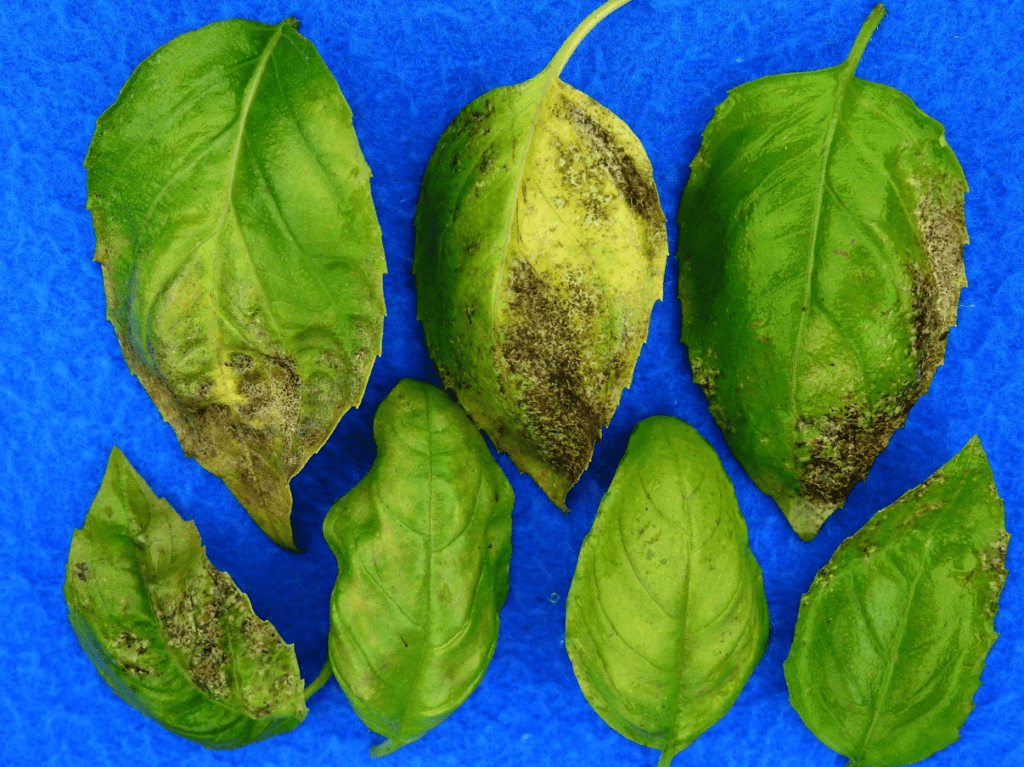
8. Environmental Stress
Description: Basil is sensitive to environmental changes such as temperature extremes, excessive sunlight, or strong winds. Stress from these factors can cause yellowing leaves.
- Symptoms: Yellowing leaves, particularly on plants exposed to harsh conditions; sunburn or windburn.
- Solution: Protect the plant from extreme conditions by providing shade, windbreaks, or relocating it to a more suitable environment. Ensure it receives stable temperatures and adequate light.
9. Transplant Shock
Description: Transplanting basil can cause temporary stress, resulting in yellowing leaves as the plant adjusts to its new location.
- Symptoms: Yellowing leaves, drooping, slow growth.
- Solution: Provide extra care after transplanting by maintaining consistent moisture and minimizing disturbance. Avoid fertilizing immediately after transplanting to reduce stress.
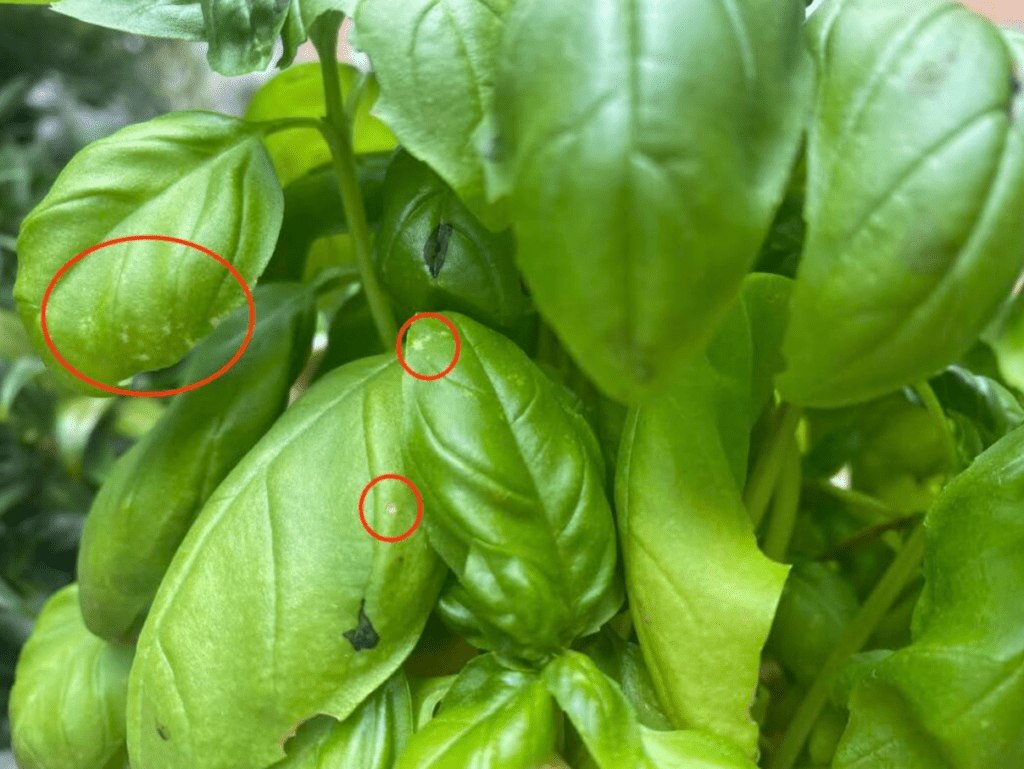
By understanding these potential causes and addressing them promptly, you can help your basil plant recover and continue to thrive. Regular monitoring and appropriate care are key to maintaining a healthy and productive basil plant.
Adjust Watering and Drainage
It is crucial to ensure that your basil plant receives the right amount of water and has proper drainage. Overwatering can lead to root rot, while underwatering can cause the leaves to wilt and turn yellow. To maintain the health of your basil plant, it is important to water it consistently and ensure that the soil has good drainage. Additionally, avoid watering the foliage of the plant, as this can lead to disease and pest infestations. By adjusting your watering practices and ensuring proper drainage, you can help your basil plant thrive and avoid the stress of transplant shock. Remember, regular monitoring and appropriate care are essential for the overall health and productivity of your basil plant.
It’s important to understand the potential causes of stress for your basil plant and address them promptly to ensure its recovery and continued thriving. One key factor to consider is the watering and drainage of the plant. Overwatering can lead to root rot, while underwatering can cause the leaves to wilt and turn yellow. By adjusting your watering practices to ensure consistent moisture and proper drainage for the soil, you can help your basil plant maintain its health and vigor. Additionally, be mindful to avoid watering the foliage of the plant, as this can lead to disease and pest infestations. By taking these simple steps and providing the appropriate care, you can support the overall health and productivity of your basil plant. Remember, regular monitoring and proactive care are essential for the success of your basil plant.
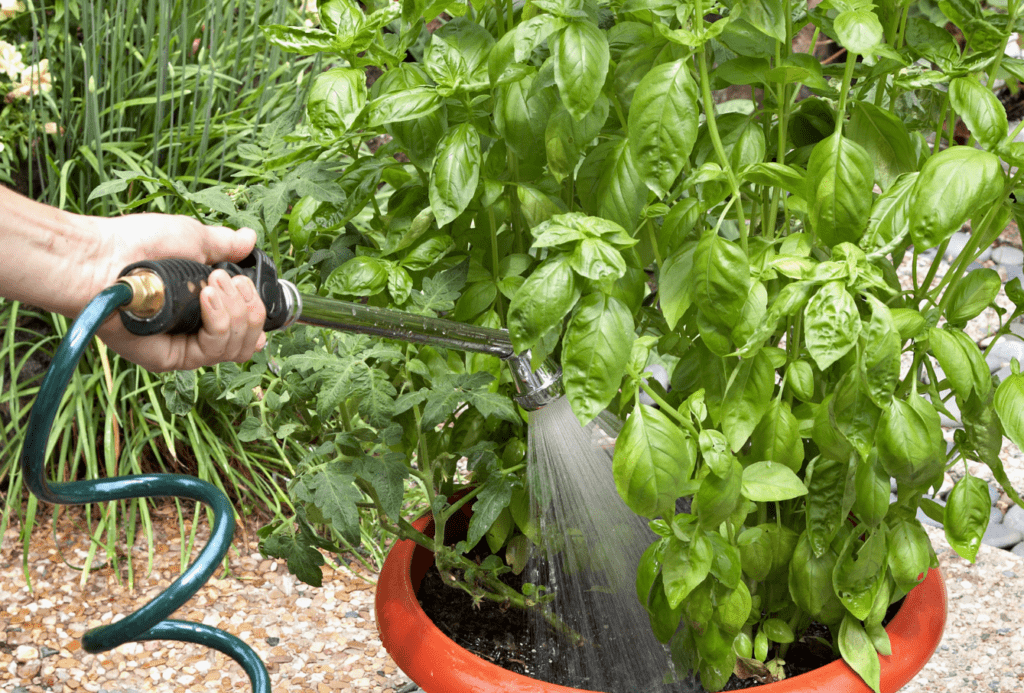
Check for Pests and Diseases
Pests and diseases can wreak havoc on your beloved basil plant, so it’s important to regularly inspect your plant for any signs of trouble. Keep an eye out for common basil pests such as aphids, spider mites, and caterpillars, as well as any unusual discoloration or spots on the leaves. If you notice any pests or signs of disease, take immediate action to address the issue. This may involve using natural pest control methods or organic pesticides to protect your plant. By staying vigilant and proactive in monitoring for pests and diseases, you can ensure the continued health and vitality of your basil plant. Don’t let these potential threats go unchecked – be a proactive plant parent and keep your basil plant thriving!
Provide Adequate Sunlight
Sunlight is essential for the growth and health of your basil plant. Make sure to place your plant in a spot where it can receive at least 6-8 hours of sunlight each day. If you are growing basil indoors, consider placing it near a south-facing window to maximize sunlight exposure. Without adequate sunlight, your basil plant may become weak and leggy, with pale leaves and poor flavor. By ensuring that your basil plant receives sufficient sunlight, you can promote strong, healthy growth and vibrant, flavorful leaves. Don’t underestimate the power of sunlight in nurturing your basil plant – it’s a crucial ingredient for success! So, be sure to prioritize sunlight for your basil plant’s well-being.
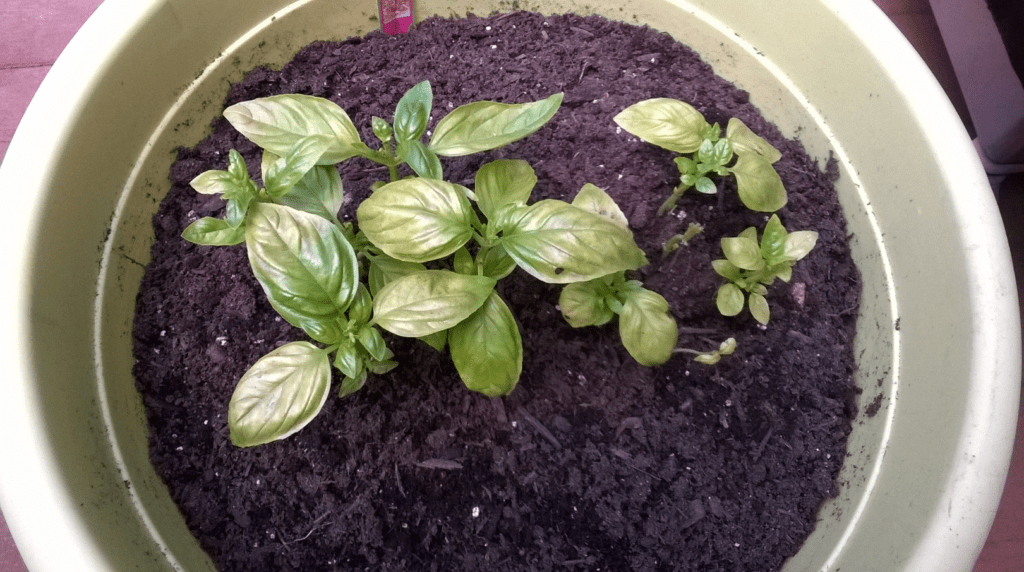
Adjust Soil pH and Nutrients
In order to ensure the optimal growth and health of your basil plant, it is crucial to pay attention to the soil pH and nutrient levels. Basil thrives in soil with a pH level between 6.0 and 7.5, so it’s important to test the pH of your soil and make any necessary adjustments with the use of pH-balancing products.
Additionally, basil plants require rich, well-draining soil that is high in organic matter. You can achieve this by adding compost or organic fertilizer to the soil to provide the necessary nutrients for your basil plant to flourish. By taking the time to adjust the soil pH and provide essential nutrients, you are setting your basil plant up for success and ensuring that it will grow strong, healthy, and full of flavor. Don’t overlook the importance of soil pH and nutrients – they are vital components in the successful growth of your basil plant.
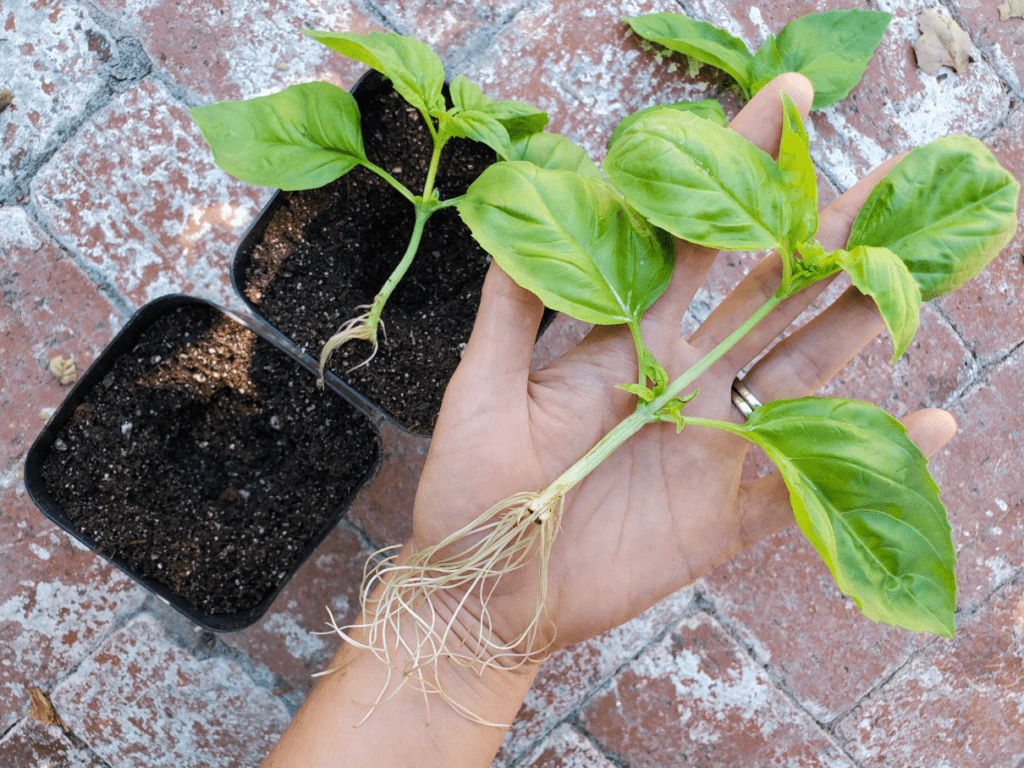
Pruning and Harvesting Tips
It’s essential to prioritize sunlight for your basil plant’s well-being. But that’s not all – you also need to pay attention to the soil pH and nutrient levels. Basil thrives in soil with a pH level between 6.0 and 7.5, so it’s crucial to test the pH of your soil and make any necessary adjustments. Ensure that the soil is rich, well-draining, and high in organic matter by adding compost or organic fertilizer. By taking the time to adjust the soil pH and provide essential nutrients, you are setting your basil plant up for success and ensuring that it will grow strong, healthy, and full of flavor.
Don’t overlook the importance of soil pH and nutrients – they are vital components in the successful growth of your basil plant. And when it comes to pruning and harvesting, be sure to trim the plant regularly to encourage healthy growth and prevent it from becoming too leggy. Harvest the leaves regularly to promote new growth and prevent the plant from going to seed. With the right care and attention, your basil plant will thrive and provide you with an abundance of fresh, flavorful leaves for all your culinary adventures.
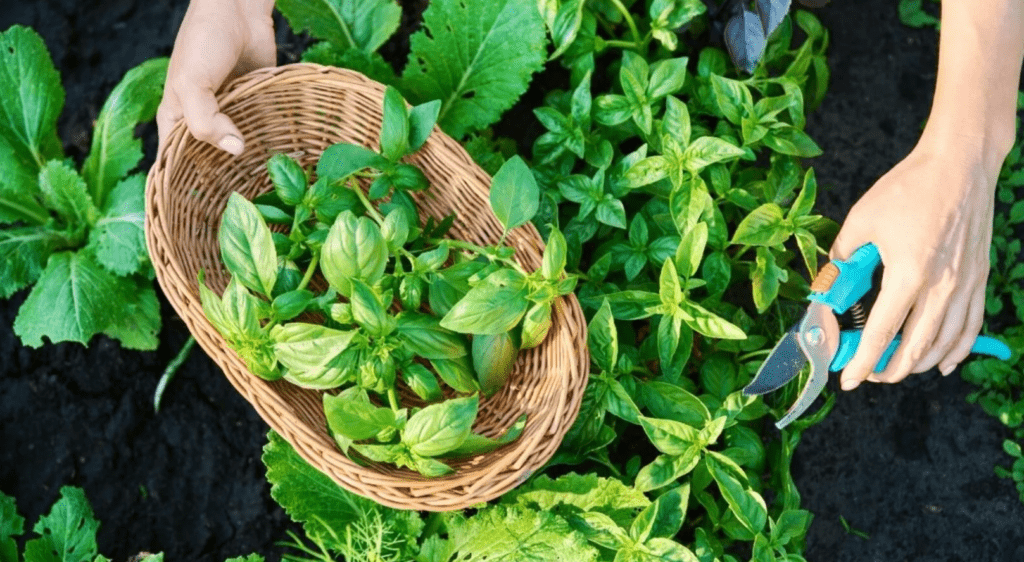
Natural Remedies for Yellowing Basil Leaves
If you notice that your basil leaves are turning yellow, don’t panic! There are natural remedies that can help restore your basil plant to its vibrant green color. One common cause of yellowing basil leaves is overwatering, so make sure to adjust your watering schedule and allow the soil to dry out between waterings. Another possible cause is a lack of nutrients in the soil, so consider adding organic fertilizer or compost to provide essential nutrients for your basil plant.
Additionally, make sure your basil plant is receiving enough sunlight, as lack of sunlight can also cause yellowing leaves. By addressing these issues and providing the necessary care, you can restore your basil plant to its healthy, green state and continue to enjoy its fresh, flavorful leaves. Don’t let yellowing basil leaves discourage you – with the right natural remedies, you can revive your basil plant and continue to enjoy its wonderful benefits.
Preventative Measures for Healthy Basil Plants
To ensure that your basil plants stay healthy and vibrant, there are several preventative measures you can take. First and foremost, make sure to plant your basil in well-draining soil to prevent overwatering and root rot. Additionally, be sure to provide adequate sunlight for your basil plants, as they thrive in sunny conditions. Regularly prune your basil to encourage growth and prevent overcrowding, which can lead to yellowing leaves. It’s also important to monitor for pests and diseases, as these can weaken your basil plants and cause yellowing leaves.
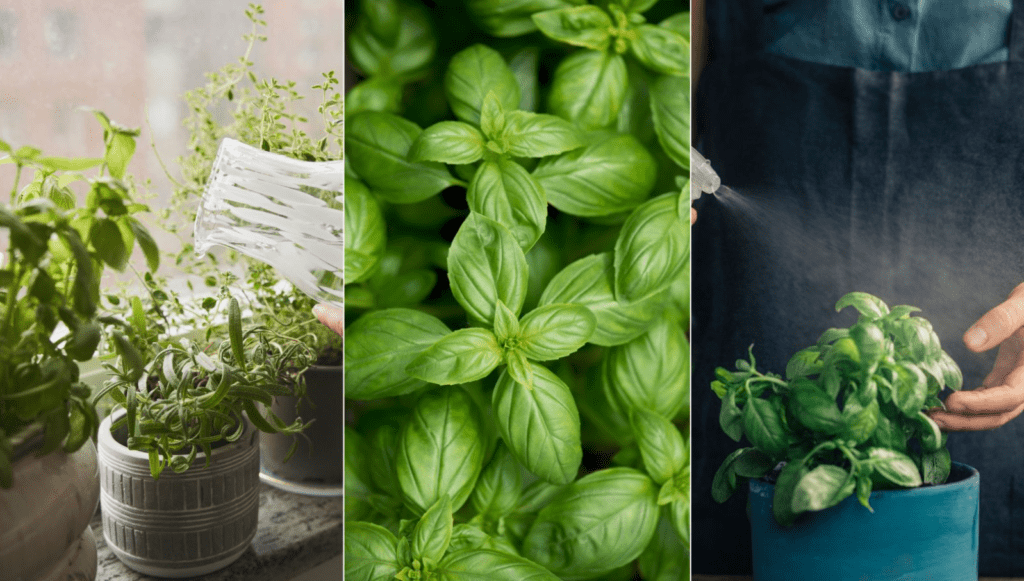
Consider using natural pest control methods and organic fungicides to keep your basil plants healthy. By taking these preventative measures, you can ensure that your basil plants stay healthy and vibrant, and continue to provide you with delicious, aromatic leaves for your culinary creations. Don’t wait for yellowing leaves to appear – be proactive in caring for your basil plants and enjoy a thriving garden full of flavorful basil.
In conclusion, taking care of your basil plant doesn’t have to be a daunting task. By following our unique and effective solutions, you can ensure that your basil leaves stay green and healthy. Don’t let yellowing leaves discourage you – with the right care and attention, your basil plant can thrive and provide you with an abundance of fresh, flavorful leaves. So, don’t wait any longer – implement our tips and tricks today and watch your basil plant flourish!
Frequently Asked Question (FAQ)
Yellowing basil leaves can be caused by overwatering, nutrient deficiencies, lack of sunlight, pests, or diseases like root rot or downy mildew.
Overwatered basil will have yellow leaves, soggy soil, and possibly a foul smell from the roots. Ensure the pot has proper drainage, and allow the soil to dry slightly between waterings.
Yes, underwatered basil leaves may turn yellow, wilt, or become dry. If the soil is dry to the touch, water the plant thoroughly and adjust your watering schedule.
Basil plants need at least 6 hours of direct sunlight daily. Insufficient light can lead to yellowing leaves. If your plant isn’t getting enough light, move it to a sunnier spot.
A lack of essential nutrients like nitrogen can cause yellowing. Fertilize your basil with a balanced, water-soluble fertilizer, especially during the growing season.
Aphids, spider mites, and whiteflies can stress basil plants, leading to yellowing leaves. Inspect your plant regularly and treat infestations with insecticidal soap or neem oil.
Yes, as basil plants grow, older leaves may naturally yellow and die off. This is normal and not usually a cause for concern.
Yes, diseases like downy mildew, fusarium wilt, or bacterial leaf spot can cause yellowing. Ensure proper air circulation, avoid overhead watering, and treat with fungicides if necessary.
